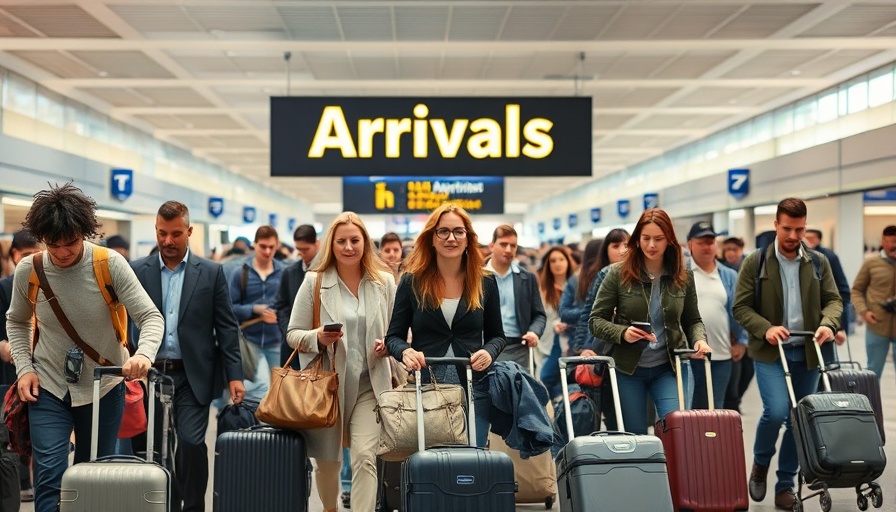
Heathrow Airport Fire: What Happened?
The iconic Heathrow Airport, a bustling hub that serves millions of travelers each year, faced a significant disruption due to a recent fire incident. The blaze reportedly broke out in a commercial area of the airport, leading to immediate evacuation and safety measures. The rapid response from the fire services ensured that the situation was contained, but the fallout from the incident saw flights grounded and extensive delays across multiple airlines. Passengers were left scrambling for information, facing uncertainty as airlines scrambled to reallocate resources and manage logistics during this chaotic time.
Investigation Launched: A Look at Safety Protocols
Following the fire, UK ministers have initiated an investigation into the incident, seeking to assess how safety protocols were executed and whether any lapses may have occurred. Safety regulations at major airports are often under rigorous scrutiny, as the primary concern is always the welfare of passengers and staff. This incident highlights the critical need for effective emergency response plans that can swiftly adapt to unforeseen events. With increased air travel demand, the investigation may push for enhanced safety standards that will impact not only Heathrow but airports nationally.
Airlines Warn of Ongoing Disruptions
While operations have resumed at Heathrow, airlines are cautioning travelers about potential further disruptions. As the supply chain for air travel is delicate, any incident can ripple through schedules, affecting numerous flights across the globe. Experts note that the delays caused by the fire may lead to extended waiting times as airlines work through the backlog of operations. In light of this, travelers are encouraged to check real-time updates and be flexible with travel plans. Adding to the stress is the holiday season approaching, leading to an even greater volume of passengers.
The Economic Impact on the Aviation Industry
In the business landscape, such fire incidents can have far-reaching economic repercussions, not just for the airport but for the entire aviation industry. Airlines may see a significant impact on their corporate earnings reports, particularly if flight cancellations impact holiday travel. Heathrow's status as a primary gateway for international flights means many businesses are poised to feel this disruption—whether directly through losses or indirectly via consumer behavior shifts. Current trends indicate that delays and disruptions might lead travelers to rethink their booking processes, prioritizing flexibility. Additionally, the incident will spur conversations about sustainable business practices within the aviation sector and whether initiatives can better protect operations from unexpected events.
Future Predictions: The Effect on Airport Infrastructure
As investigations unfold, there is an opportunity for airport authorities to reassess their infrastructure and emergency protocols. With growing consumer awareness around safety and sustainability, this event could lead to heightened investments in modern technology designed to mitigate risks. Airports and airlines may adopt innovative solutions that reduce fire hazards while ensuring efficient response times. This incident is likely to prompt parallels in strategic planning discussions in other airports as they evaluate their own safety practices in light of new evidence and trends in the aviation industry.
The Role of Corporate Responsibility in Crisis Management
Disruptions of this scale not only test operational protocols but also shine a light on corporate social responsibility. The response from Heathrow and the airlines involved will be closely monitored by the public. As businesses navigate through these tense situations, demonstrating transparency, effective communication, and prioritizing passenger safety will be crucial for maintaining trust. The narrative will shift to how companies balance corporate governance with sustainability and ethical practices during crisis management.
Conclusion: Navigating the Aftermath
As events at Heathrow continue to unfold, it serves as a reminder of the vulnerability in the travel sector. The challenges faced by airlines and airports during crises are profound and often lead to strategic overhauls that aim at preventing repeat incidents. With the ongoing investigation, industry stakeholders will be tasked to adapt and innovate. Travelers can play their part by staying informed and understanding how to navigate these disruptions wisely.
 Add Row
Add Row  Add
Add 



Write A Comment